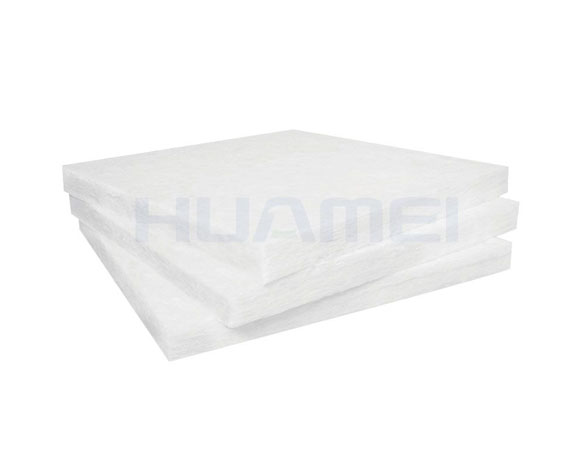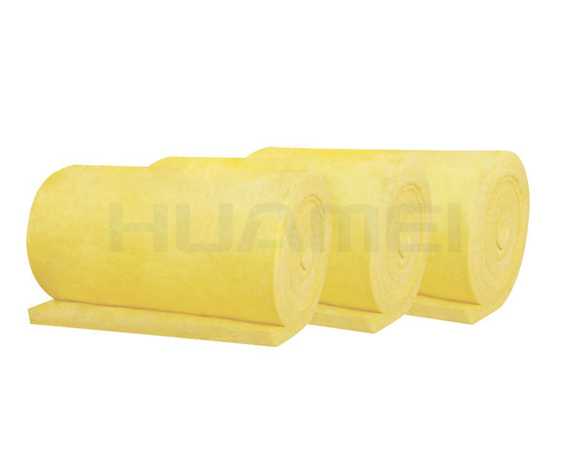Glass wool is a type of insulation material that is used in a variety of applications, such as in buildings, industrial processes, and transportation. It is made from glass fibers that are bonded together to form a mat or blanket, which can then be cut to size and installed in a range of different settings. When properly installed, glass wool can provide effective insulation for many years. However, the exact lifespan of glass wool depends on a range of different factors, including the quality of the material, the conditions it is exposed to, and the way it is installed and maintained.
One of the primary factors that affects the lifespan of glass wool is the quality of the material. Glass wool is typically manufactured to meet certain performance standards, such as thermal conductivity, fire resistance, and sound absorption. Higher quality glass wool tends to be more durable and longer-lasting, as it is less likely to degrade or break down over time. In addition, glass wool that is made from high-quality materials is typically more resistant to moisture, which can cause the material to degrade and lose its insulating properties.
Another important factor that affects the lifespan of glass wool is the conditions it is exposed to. Glass wool that is exposed to harsh weather conditions, such as extreme temperatures, high humidity, or prolonged exposure to sunlight, may deteriorate more quickly than glass wool that is kept in more stable conditions. In addition, glass wool that is exposed to chemicals, such as acids or solvents, may degrade more quickly than glass wool that is not exposed to these substances.

Formaldehyde-free Glass Wool
The way glass wool is installed and maintained can also have a significant impact on its lifespan. Glass wool that is installed properly, with the right amount of compression and spacing, is less likely to shift or settle over time, which can reduce its insulating properties. In addition, glass wool that is installed with a vapor barrier can help prevent moisture from penetrating the material, which can help prolong its lifespan. Proper maintenance, such as regular cleaning and inspection, can also help ensure that glass wool continues to perform effectively over time.
Given these factors, it is difficult to provide a precise estimate of how long glass wool will last. However, in general, high-quality glass wool that is properly installed and maintained can last for many years. Some manufacturers may provide a warranty or guarantee for their glass wool products, which can give consumers some indication of the expected lifespan. In addition, building codes and regulations may require that certain types of insulation, including glass wool, meet certain minimum standards for performance and durability.

MLEX Glass Wool
If glass wool is installed and maintained properly, it can provide a range of benefits over its lifespan. For example, glass wool can help reduce energy costs by insulating buildings and preventing heat loss. It can also help improve indoor air quality by reducing the transfer of pollutants and allergens. Additionally, glass wool can help reduce noise pollution by absorbing sound waves and preventing them from traveling through walls and ceilings.
In summary, glass wool is a type of insulation material that can provide effective thermal and acoustic insulation for many years. The lifespan of glass wool depends on a range of factors, including the quality of the material, the conditions it is exposed to, and the way it is installed and maintained. While it is difficult to provide a precise estimate of how long glass wool will last, high-quality glass wool that is properly installed and maintained can last for many years and provide a range of benefits over its lifespan. If you are considering using glass wool for your insulation needs, it is important to choose a high-quality product, follow proper installation guidelines, and maintain the material over time to ensure that it continues to perform effectively.
评论
发表评论